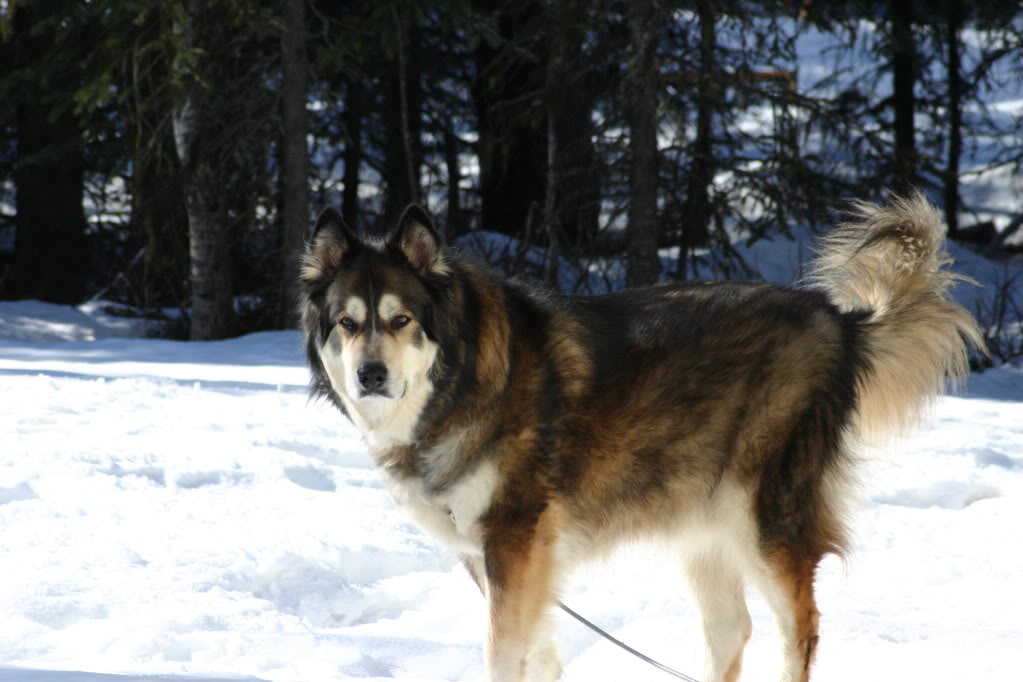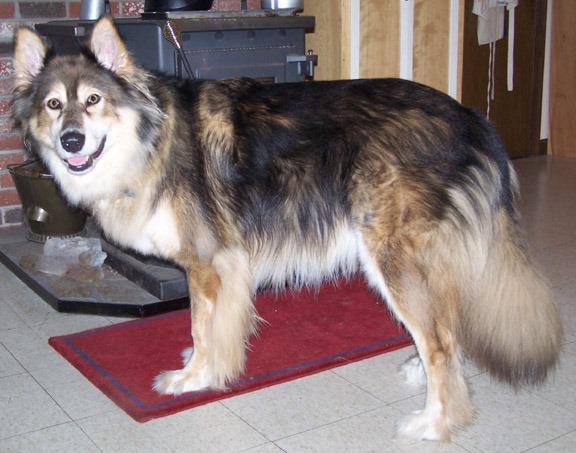Also called the McKenzie River Dog, this is an extinct breed originating from Canada. It was developed by the Hare Indian tribe as a hunting dog and was used as both a coursing dog and for trap setting.
Also known as Trap Line Dogs, they played an important role in Native Canadian and American Culture until the 19th century, at which time the breed became interbred with imported dogs and was lost as an independent breed.
The Hare Indian Dog is thought to have originated from dogs brought to the American continent by Viking explorers and which bred with native breeds and feral coyotes; the coyote is a breed of feral dog, not a wolf. This is borne out by breed similarities between the Hare and both the coyote and Icelandic breeds genetically linked to the Viking dogs.
The dog was exclusive to the Hare Indians and their neighbouring tribes in the North Eastern Territories. Explorers visiting the region in the 1820’s returned to England with specimens of the breed, which were shown as a curiosity at the Royal Zoological Society Gardens (London Zoo) for many years.

The Hare was a small, slender, long legged breed, with a small fox-like head, closely resembling the coyote. It had both speed and stamina and was valued as a tracking dog, able to pursue large animals such as moose through deep snow, for many miles. It was an affectionate, playful animal, much loved by Native Americans as both a working dog and a pet.












